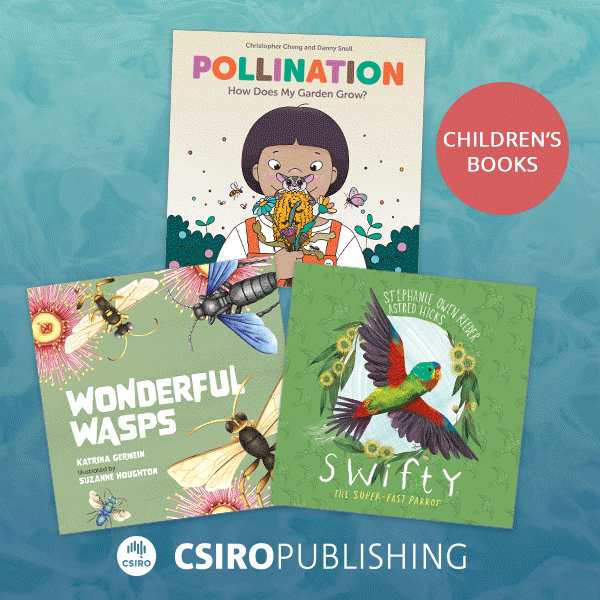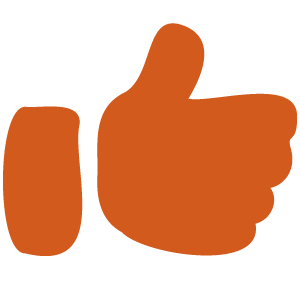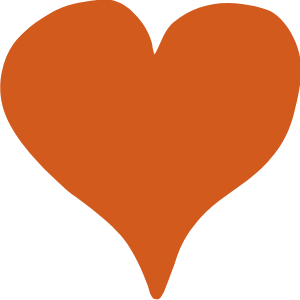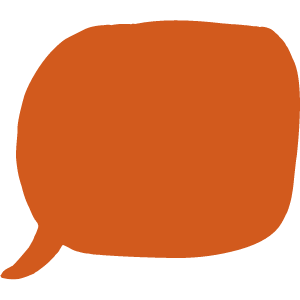Here’s a hands-on puzzle to get you thinking! It’s a river crossing that will reveal information about how networks operate.
You will need
Cut out all the pieces.
- A copy of the puzzle
- Sticky tape
- Scissors
What to do
- Cut out the farmer, the fox, the chicken, the boat and the bag of corn along the black lines.
- Fold along each dotted line
- Use sticky tape to make the pieces and the boat.
The puzzle
You’ll need two pieces of sticky tape to make the boat – one for the front and one for the back.
A farmer needs to get a fox, a chicken and some corn across the river. He can only carry one of these things at a time. The animals are well behaved when the farmer is around, but when he goes to the other side of the river they are not very well behaved.
If he leaves the fox with the chicken then the chicken will get eaten. If he leaves the chicken with the corn, the corn will get eaten. How does he get all three across the river without anything getting eaten?
What’s happening?
Use sticky tape to make the other pieces stand up.
This is a very old puzzle called ‘the river crossing puzzle’. These sorts of puzzles have been around for over 1000 years. It might seem impossible, until you realise the farmer can take things back from the far shore, to stop them from getting eaten (or eating something).
Here’s a slightly harder puzzle:
A family of a mother, a father and two children want to cross a river, and they meet a fisherman with a small boat. The fisherman will let the family borrow his boat, but only if they give it back afterwards. The boat is very small, and it can only just carry one adult without sinking, so no other people can be in the boat when there’s an adult on board. The two kids are a lot lighter, and can both go in the boat at the same time. Can the family cross the river, and still give the fisherman back his boat?
Try to get all the pieces across the river without anything getting eaten!
This puzzle is also possible (as long as the children are strong enough to row the boat) but it takes quite a lot of going back and forth across the river, and some of the people would get very tired.
Applications
There’s a very powerful way of solving these sorts of puzzles, by drawing a network. Different circles represent all the possible positions of people and the boat, and each line represents a boat trip. If you cross off every possibility that isn’t allowed, like when something got eaten in the original puzzle, then any path from the starting spot to the ending spot is a solution.
This technique is hard to do by hand, but with help from a computer it is reasonably quick, and the patterns make it easy to see the most efficient solutions. Networks like this are also used to design production lines, and chemical production techniques. This sort of diagram is also used to help predict the effects of genetically engineering bacteria.
If you’re after more maths games and puzzles for kids, subscribe to Double Helix magazine!












Leave a Reply